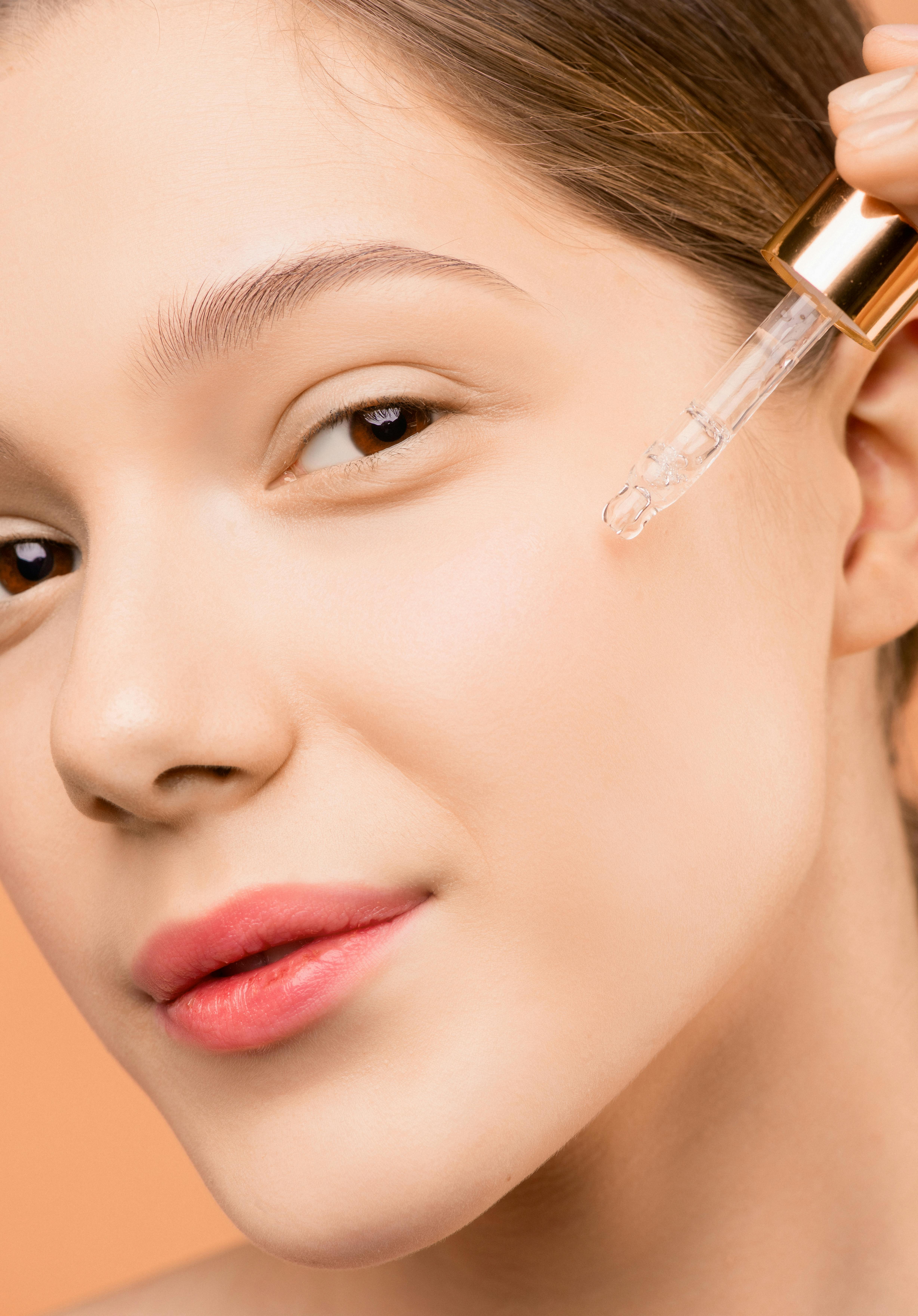Quick troubleshooting for flaking, dullness, and split ends
Practical steps can relieve flaking skin, revive dull hair, and reduce split ends without overhauling your routine. This article highlights targeted changes in hydration, barrier care, scalp health, and product choices to help you identify likely causes and sensible fixes.

Flaking, dullness, and split ends often stem from related problems: insufficient moisture, a weakened barrier, mechanical damage, or imbalanced scalp conditions. A focused troubleshooting approach looks at hydration and moisture levels, product interactions, and daily habits that stress skin and hair. Small, consistent adjustments—like switching to a gentler shampoo, adding a targeted serum, or improving nutrition—can restore elasticity to skin and strength to hair over time while reducing visible flakes and frizz.
This article is for informational purposes only and should not be considered medical advice. Please consult a qualified healthcare professional for personalized guidance and treatment.
How does hydration affect flaking?
Skin and hair flaking is often a sign of low hydration. For skin, reduced moisture can impair the barrier and cause dry, flaky patches; for hair, lack of water in the shaft makes strands brittle and prone to breakage. Replenish hydration with products that attract and retain moisture—humectants in serums or moisturizers, lightweight facial oils for dry areas, and a conditioner for hair after shampooing. Avoid over-washing; frequent cleansing strips natural oils and increases trans-epidermal water loss, worsening flakes.
Can you restore the barrier and elasticity?
A compromised barrier leads to moisture loss and sensitivity, manifesting as flaking or tightness in skin and less elasticity. Use barrier-supporting ingredients such as ceramides, fatty acids, and glycerin in your skincare regimen. For skin elasticity, ensure adequate protein and nutrition in your diet and protect the skin from UV damage with daily sunscreen. For hair, keratin-focused treatments can temporarily fill gaps in the cuticle and improve tensile strength, but true restoration also depends on reducing heat and mechanical damage and improving overall moisture balance.
What scalp and follicles habits reduce flaking?
Scalp flaking can come from dryness, product buildup, or dermatological conditions. Gentle exfoliation of the scalp—using a chemical exfoliant at appropriate frequency or a soft brush—can help remove excess dead skin and product residue without stripping oils. Targeted shampoos that address buildup without harsh surfactants can improve follicle environment. If flakes persist along with itching or redness, consult a professional; persistent conditions affecting follicles may need medicated treatments rather than general adjustments.
Will exfoliation and antioxidants fix dullness?
Dull skin and hair often result from surface debris, oxidation, and a lack of light reflection. Regular, gentle exfoliation removes dead skin cells and product residue, improving reflectivity and texture. Antioxidants—applied topically for skin or found in leave-in serums for hair—can protect against environmental oxidative stress that contributes to dullness. Combine exfoliation frequency with antioxidant use rather than increasing exfoliation alone, which can harm the barrier and reduce moisture retention.
How can keratin, serum, and conditioner help split ends?
Split ends indicate mechanical damage and loss of structural proteins in the hair shaft. Conditioner helps smooth cuticles and reduce friction, while leave-in serums can provide temporary smoothing and seal ends to reduce visible split ends. Keratin-based treatments can strengthen and temporarily fill irregularities in the shaft, improving manageability. Long-term reduction of split ends requires regular trimming, minimizing heat and rough brushing, and maintaining moisture with a consistent conditioning routine.
What daily regimen includes shampoo, sunscreen, and nutrition?
A balanced daily regimen addresses external care and internal support. Use a mild shampoo appropriate for your scalp type and follow with a conditioner focused on moisture and detangling. Incorporate a targeted serum for problem areas—hydrating serums for dry skin patches, scalp serums for flaking. For skin, apply sunscreen every morning to protect the barrier and prevent premature dullness. Nutrition plays a supporting role: adequate protein, essential fatty acids, and vitamins help follicles and skin maintain elasticity and repair capacity.
Conclusion Troubleshooting flaking, dullness, and split ends requires observing symptoms, adjusting products and habits, and supporting skin and hair both topically and through nutrition. Prioritize gentle cleansing, consistent hydration, barrier-repairing ingredients, and protective measures like sunscreen and reduced mechanical stress. When progress stalls or symptoms worsen, seek professional assessment to rule out specific dermatological or scalp conditions.





